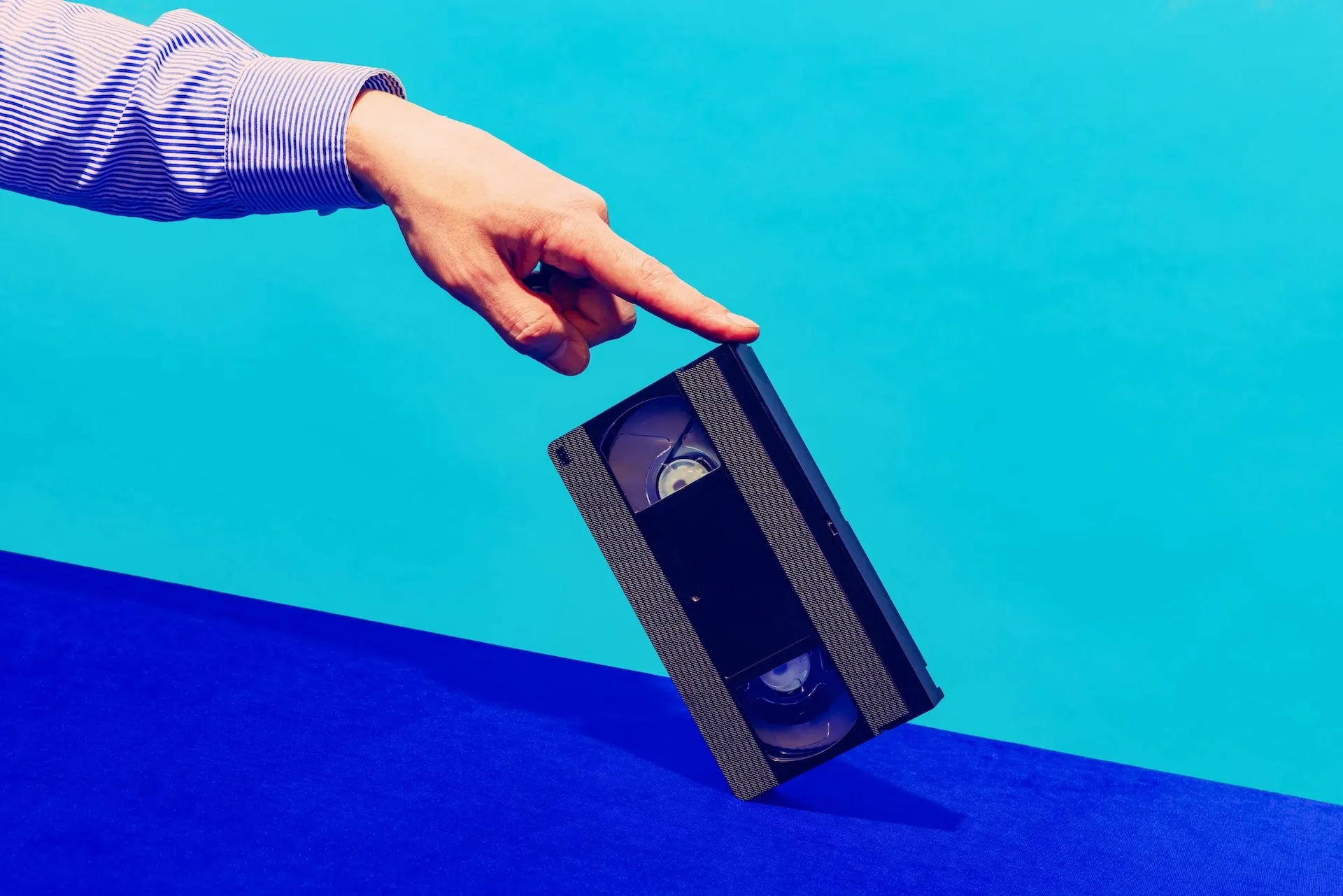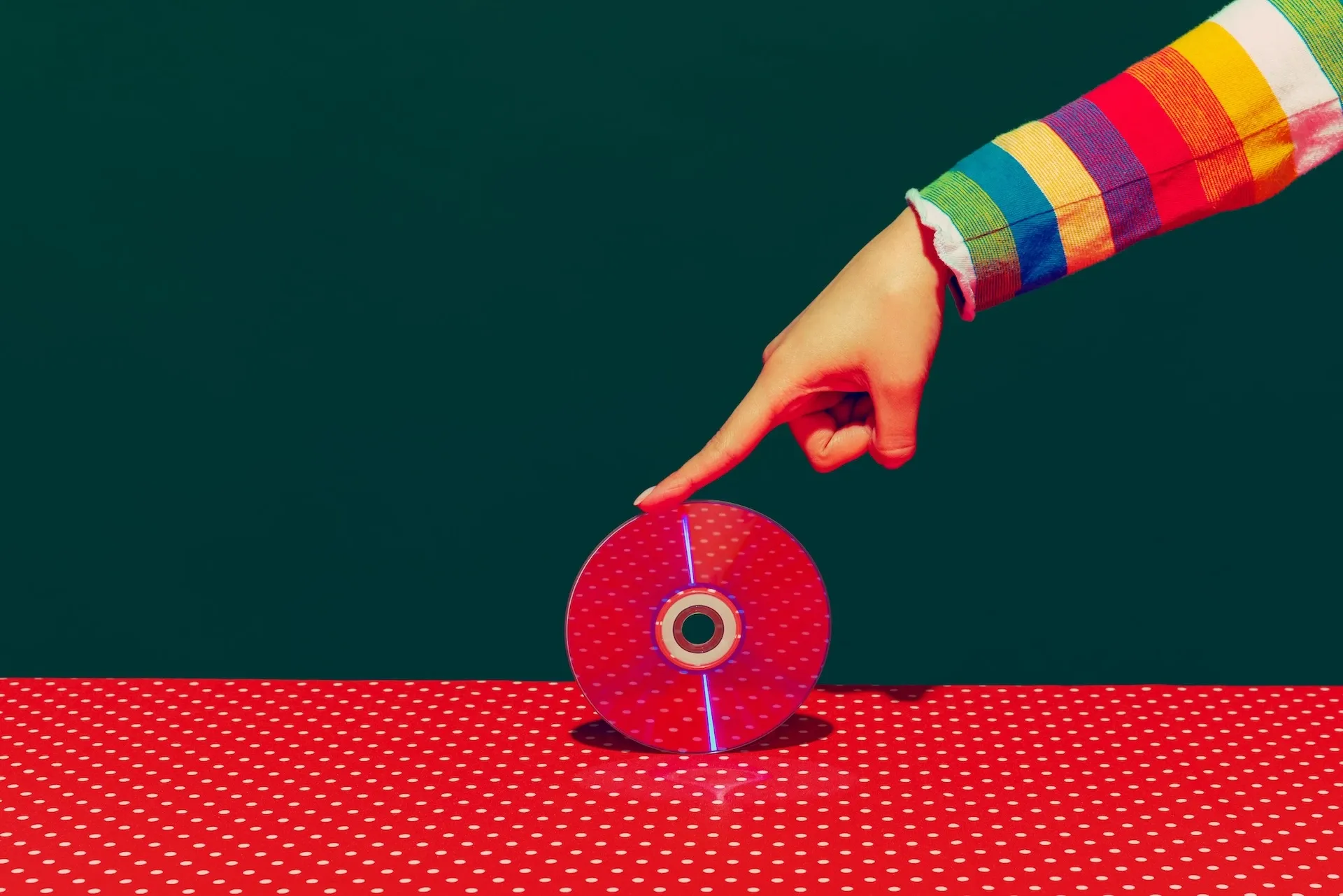What is YouTube RPM, and how does it work in 2025?
Learn what YouTube RPM is, how it works, and where to find the best niches.

YouTube RPM helps you unlock monetization and understand how much your videos can make. We’ll break it all down today.
We’ll discuss:
- What is YouTube RPM?
- How is YouTube RPM calculated?
- Is there YouTube Shorts RPM?
- Where do you find your YouTube RPM?
- What’s the difference between YouTube RPM and CPM?
- What is the average YouTube RPM?
- How do you find high-RPM niches on YouTube?
- Is there a YouTube RPM calculator?
- How to increase RPM on YouTube: 5 top tips
What is YouTube RPM?
YouTube RPM, or revenue per mille, is a figure which shows how much money you’ll earn per 1,000 video views on YouTube. It covers your entire revenue after the platform takes a cut, and is based on several metrics. These include:
- Advertising revenue
- Engaged views on YouTube Shorts
- YouTube Premium-supported views
- Channel memberships
- Super Chat
- Super Stickers

YouTube RPM is influenced by the stats mentioned above, plus your chosen niche, your audience’s location, and your content’s quality and advertiser-friendliness.
High RPM means that you’re bossing YouTube monetization, engaging viewers, and enticing advertisers. Low RPM suggests there’s either room for improvement, or the content itself isn’t advertiser-friendly or monetized.
RPM blends all of your direct YouTube revenue streams into one handy number, but it doesn’t break them down. This means that if your RPM fluctuates, you won’t be able to pinpoint the cause.
How is YouTube RPM calculated?
YouTube RPM is calculated by dividing your estimated revenue by your total video views, then multiplying that number by 1,000.
Is there YouTube Shorts RPM?
YouTube Shorts RPM is rolled into the broader YouTube RPM model. YouTube Shorts RPM is based solely on “engaged views,” which means a specific percentage of the Short needs to be watched.
This differs from YouTube Shorts’ current way of counting views, which goes purely by how many times a clip is played or replayed, regardless of the actual watch time. For example, a clickbaity video could score millions of views, but if viewers nope out before the “engaged view” threshold, its total RPM may be low.

Where do you find your YouTube RPM?
As long as you’re part of the YouTube Partner Program and are monetizing content, you can find your RPM in YouTube Studio. Here’s how:
- Head to YouTube, log in, and open YouTube Studio.
- Select “Analytics” from the left-hand menu, then click “Revenue.”
- Your YouTube RPM should appear alongside other metrics like CPM, views, watch time, and more.
What’s the difference between YouTube RPM and CPM?
YouTube RPM covers all of the monetization options available in YouTube Analytics, showing your total estimated revenue. YouTube CPM, or cost per mille, is the cost an advertiser pays for 1,000 ad impressions or ad-supported video playbacks.
For this reason, CPM only accounts for advertising revenue and YouTube Premium-supported views. It only applies to monetized content, and the final CPM number is pre-revenue share. This is why RPM is lower than CPM.
RPM is creator-first, helping you understand how your content’s performing. CPM is advertiser-focused, showing you how much advertisers are willing to pay to place adverts around and on your content.

CPM works in tandem with RPM, a healthy dose of the former usually boosting the latter. If your CPM is lower than expected, your content may not be advertiser-friendly, or could be made more so.
RPM is more “accurate” than CPM if you want to dig into actual earning potential, as it takes YouTube’s revenue cut into account.
What is the average YouTube RPM?
Unfortunately, there’s no average YouTube RPM — the numbers vary wildly. Some outlets claim that most YouTubers bring in an RPM between $1 and $6, while others state that it hovers between $1.25 and $2.25, with some going as far as $2 to $15.
Whichever way you slice it, it isn’t much of an average — there’s not enough concrete evidence. You can’t see other YouTubers’ RPM, so any average is very much a ballpark figure.
How do you find high-RPM niches on YouTube?
Because YouTube RPM is private data, there’s no definitive list of high-RPM niches. However, several high-earning YouTubers have revealed their RPM, which can help you make an educated guess.

Finance, tech, money-making tutorials, and B2B content are generally considered high-RPM YouTube niches, because they deal in expensive goods and services. Advertisers are more likely to throw their weight behind these big-ticket topics.
Niches like gaming, lifestyle, and cooking tend to command lower RPMs, as their audiences are typically viewers with less spending power. This doesn’t mean you can’t generate a high RPM within these niches, but as a rule of thumb, you’ll have a smoother time with the high-RPM topics.
Channels operating in the same niche may have starkly different figures, suggesting that RPM isn’t the beginning and end of your content. To create videos that stand out from the crowd and engage audiences, you’ll need to do everything you can to make them shine.
Epidemic Sound’s catalog of more than 50,000 premium tracks and 200,000 sound effects and variations can help you get started. Check out the catalog below and give your content a voice.

Is there a YouTube RPM calculator?
While YouTube RPM isn’t an exact science, some outlets have created formulae and criteria to give you a rough estimate. For example, Social Blade has a YouTube RPM calculator, which provides an estimated number based on daily views.
These tools can be useful, but they’re by no means the final word. They take publicly available data, crunch the numbers, and present an estimate. Don’t discount YouTube RPM calculators, but don’t rely on them.
How to increase RPM on YouTube: 5 top tips
Now that we’ve learned what YouTube RPM is, how it works, and what some of the more lucrative niches are, let’s finish with five top tips.
1. Check that all of your videos are monetized
Given that YouTube RPM is based on total revenue, double-check that all of your videos are eligible for monetization. Consider activating mid-roll ads if they don’t disrupt your content’s flow too much, and play around with extras like Super Chat and Super Stickers.
2. Tailor content to your most engaged viewership
Your most valuable viewers are the ones who engage with your content — this all increases your RPM. But, as we touched on before, RPM is often affected by CPM.

Territories like the US and UK generally spend more money on advertising, which can drive a higher CPM. If your content appeals to these markets, upload at reasonable times — don’t schedule a video for a UK demographic at 2 am GMT, for example.
You could even go one step further and craft content dedicated to these countries. If you’re a food-based creator, could you offer a British angle? If you’re a tech influencer, are you heading to a London tech conference? Give advertisers every reason to notice that you’re relevant to their audience.
3. Make the kind of content advertisers would be proud of
Your content is about you and the audience, of course. But if you want to bump your RPM up, you’ll need to operate in a high-RPM niche like the ones we mentioned earlier.
Even if you’re not in a big-money niche, you can still spin your content to appeal to advertisers without compromising on quality. For example, gear reviews could be topped off with product links, or get-ready-with-me videos could clearly display the makeup or clothes used, and where to buy them.

4. Don’t dismiss long-format videos
Over time, we’ve seen how long-format content reaps rewards for established brands. Take a look at something like Smosh. What started as an early YouTube hit now produces hour-long videos to appease the YouTube algorithm and strategically place ads.
Long-format videos give creators more opportunities to make those ads count, engage viewers, and increase RPM. As long as you’re not just padding the minutes out, there’s nothing wrong with making your videos a little longer.

5. Forget about RPM — create the best content you can
OK, don’t completely forget about RPM. It’s important, but it only works upon a solid bedrock of content. So make your thumbnails shine, brush up on your SEO, and create content that inspires viewers to engage.
All of the above gives a thumbs-up to the YouTube algorithm, which will recommend your content to other relevant viewers. They’ll hopefully watch, engage, and strengthen your content’s RPM.
YouTube RPM is a core branch of the monetization tree, but it’s not a sure-fire ticket to success, nor is it the only thing you should focus on. Build the content you want to see, find your audience and niche, and take stock of your RPM from there.
Whether your content is high-RPM or low-RPM, you’ll likely need music. Don’t settle for second-best. Try Epidemic Sound.
Our catalog is high-quality, affordable, and safe. An Epidemic Sound subscription goes beyond royalty-free music, removing the headache of licensing and freeing you up to do what you do best.
You can enjoy the safety of our license hand-in-hand with our catalog of 50,000 tracks, covering just about every genre you can think of. You’ll also gain unlimited access to our advanced search functions — finding the right sound’s never been easier.
It’s better than royalty-free. It’s worry-free. Get started with Epidemic Sound below.

Related posts:

